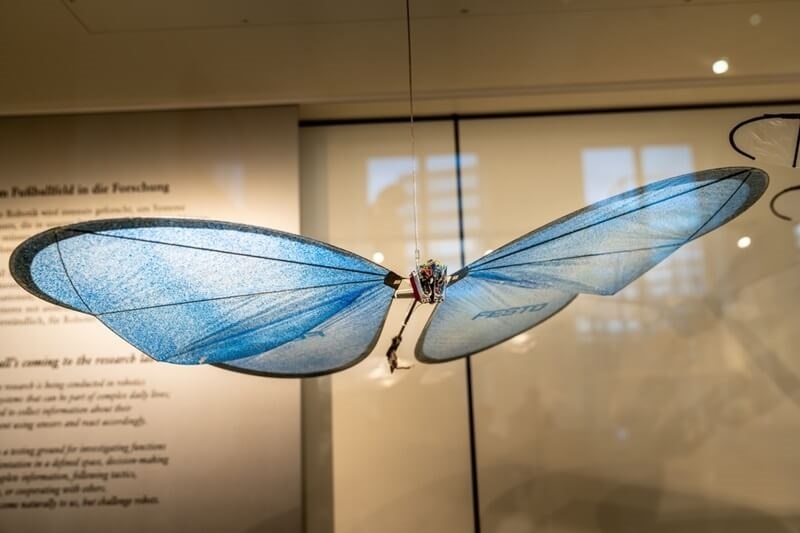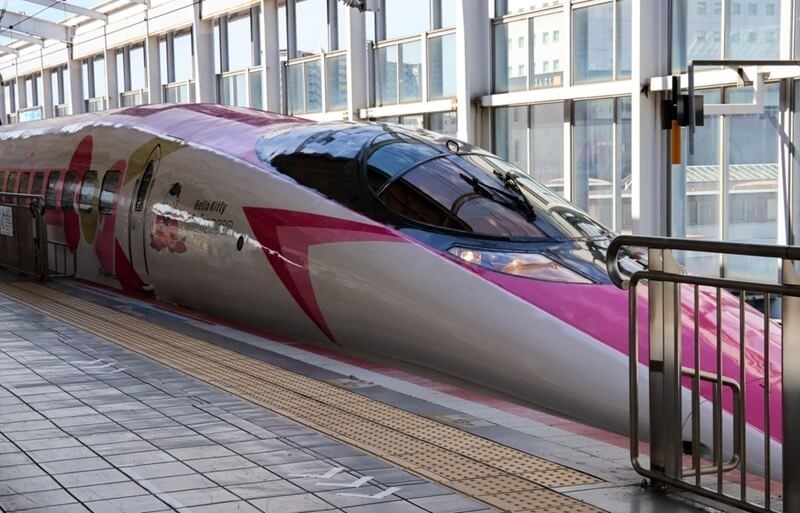
Let’s be real. Nature figured it all out long before we ever did.
Think about it. Trees clean the air. Spiders make silk that’s stronger (and way lighter) than steel. Termites build entire air-conditioned cities—without electricity. And here we are... still struggling with basic ventilation and rising energy bills.
Now imagine if we just stopped trying to outsmart nature and instead learned from it.
That’s the whole idea behind biomimicry. And no, it’s not some abstract science thing only researchers talk about in dusty labs. It’s happening right now. In architecture. In robotics. In climate tech. In stuff that might be sitting in your house, or powering your city, or shaping the future of how we survive on this overheating planet.
Let’s break it down in plain English.
Biomimicry means mimicking life—literally. From the Greek "bios" (life) and "mimesis" (to imitate). So when someone asks, "What is biomimicry?" just say: “It’s when humans copy how nature does things—because nature usually does it better.”
It’s not about aesthetics. It’s not about turning a building into a leaf because it looks cute. It’s about function. It’s about problem-solving. Nature doesn’t mess around. If a design doesn’t work, it doesn’t survive. Simple as that.
If you had to scribble a biomimicry definition on a sticky note, you could write:
“Using nature’s strategies to solve human problems sustainably.”
But that doesn’t quite capture the poetry of it, does it?
Because it’s also about humility. About realizing we’re not the smartest species in the room. About learning to observe—really observe—and apply those lessons with intention. We’re not just stealing nature’s ideas; we’re honoring them. Studying them. Co-creating with the world we live in.
Nature doesn’t waste. Doesn’t pollute. Doesn’t overbuild. It designs with precision. Every cell, every feather, every molecule has a purpose. It's efficient, elegant, and tested over, oh, just 3.8 billion years or so.
That’s why biomimicry matters—especially now, in the middle of a climate crisis. Because we don’t have time to keep reinventing the wheel when dragonflies already fly better than drones, and sea sponges can filter water cleaner than our treatment plants.
When the Earth’s systems are breaking down, maybe it’s time to start taking notes from the very systems that kept it alive this long.

Alright, enough theory. Let’s talk about the cool stuff.
Yes, termites. They build these massive mounds that stay cool—even in 100-degree weather. No fans, no Freon, no electricity. Just smart airflow. Now we’ve got architects copying that system to create self-cooling buildings. It’s sustainable and saves on bills. Genius.
Remember how bullet trains used to make a sonic boom when they left tunnels? Not ideal. Engineers modeled the nose of the train after a kingfisher’s beak (yep, the bird), and boom—problem solved. It’s faster, quieter, and more efficient. Nature wins again.
Shark skin isn’t just sleek—it actively resists bacteria. That pattern inspired materials now used in hospitals to reduce infections, and even on ship hulls to prevent biofouling. It’s like built-in cleanliness, no chemicals required.
Spider silk is ridiculously strong for its weight. Scientists are trying to replicate it for everything from medical sutures to biodegradable clothes. It’s still in progress, but when we crack it? It’s going to change how we build things—forever.
Expand Your Knowledge: Embarking on a Cosmic Voyage to Uncover Galactic Secrets
Because we’ve kind of made a mess.
We’ve burned too much, dumped too much, built too fast. And now we’re scrambling for solutions—desperate for systems that actually work with the planet instead of against it.
Biomimicry offers that. It’s not a tech add-on. It’s a shift in mindset.
Instead of thinking, “How can we extract more?” we start asking, “How would a forest do this? A coral reef? A beetle?”
Those systems are self-healing. Circular. Generous. They give back. That’s the kind of tech we need right now.
Here’s what’s trending in the biomimicry world right now—and trust me, it’s more exciting than any gadget drop.
Inspired by ants and bees, engineers are designing robots that communicate and problem-solve without any central command. Perfect for disaster zones, search-and-rescue missions, or even farming. They’re tiny, efficient, and work together like… well, insects.
Photosynthesis is nature’s solar panel. Scientists are mimicking the internal structure of leaves to make solar cells more efficient. It’s wild how much light a leaf can absorb—and now, tech is catching up.
Ever seen those ultra-white beetles that reflect almost all light? They inspired new paints that cool buildings passively—without fans or AC. Just slap it on a roof, and watch the temperature drop.
Architecture is now pulling ideas from bones, bird wings, and trees. Think of buildings that flex with wind, filter their own air, or adapt to temperature changes—just like living things.
Here’s the heart of it: biomimicry means building with the planet, not on top of it.
It’s not about making things look “organic” or greenwashing your brand. It’s about functional, meaningful design that respects natural law. And that matters—because climate tech isn’t just about innovation anymore. It’s about survival.
And while it sounds lofty, biomimicry brings it back to Earth. Literally.
Not Just for Scientists
The best part? You don’t need a PhD to be part of this.
Look around. How does your neighborhood manage water when it rains? What would nature do differently?
Do your clothes shed microplastics? Would a moth design it that way?
Could your home grow its own energy like a leaf? Could your packaging behave like a banana peel?
It’s not about copying exactly—it’s about rethinking the why behind how we build, solve, and live.
Read More: Learn Basic Healthy Eating Tips for a Healthier Life
So—what is biomimicry, really?
It’s more than copying a leaf. It’s looking at that leaf and thinking: “Wow. This thing knows how to catch light, make food, cool itself, and decompose without harming the Earth.”
Then asking: “Can we build like that?”
It’s asking better questions. And getting smarter answers. Not from some high-tech lab in Silicon Valley. But from moss, mushrooms, dolphins, and dragonflies.
Because nature’s been solving problems longer than we’ve even existed. And if we listen carefully—really listen—we might finally start getting it right.
Want to explore more nature-inspired ideas and climate tech insights like this? Keep coming back—we love diving deep into stories that show how looking backward (to nature) might be the best way to leap forward. Let's stop trying to dominate nature and start collaborating with it. After all, it’s been doing this a lot longer than we have.
This content was created by AI